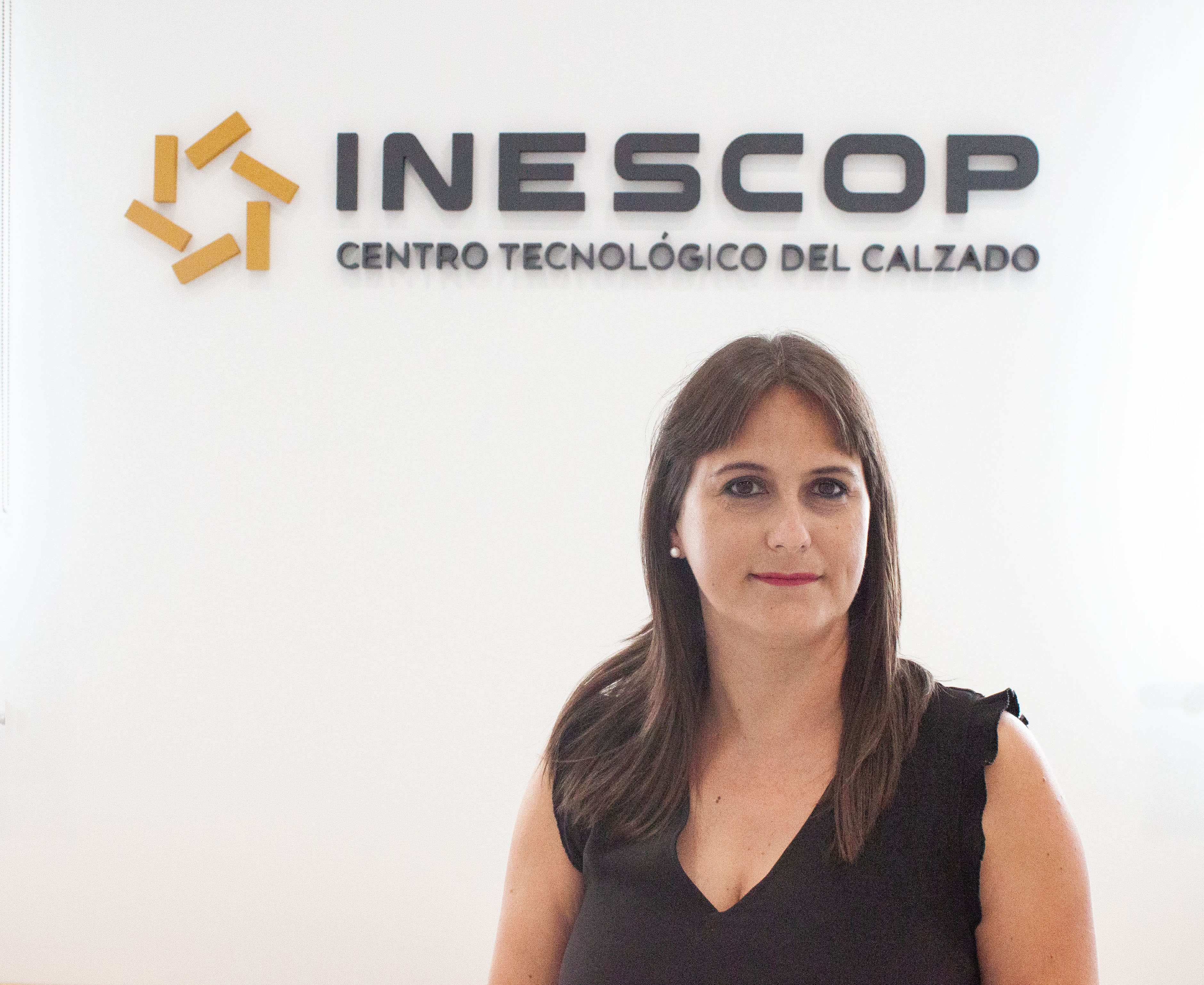Elena Orgiles

Abstract
As a successful project, a semi-industrial plant has been designed, built, and set up to transform footwear waste through mechanical recycling in order to obtain products with a low environmental impact as a component of footwear, urban furniture, pavement, insulation, non-woven textiles, shock-absorbing playground and gym flooring, or other applications.
The pilot plant offers a sustainable solution to the large amount of waste from the footwear industry. So far there is no other alternative to landfilling or incineration, and thus this solution contributes to a circular economy business model. Considering that footwear is a multi-composition waste that is difficult to manage, as it can even be made up of more than 40 different materials, hence the difficulty of the machinery and the success of this project. The process begins by crushing and griding the entire shoe, and then the main materials are sorted separately: leather, polymeric materials (PU, PVC, rubbers, thermoplastic rubbers), textiles, foams, metals (ferrous and non-ferrous), etc.




